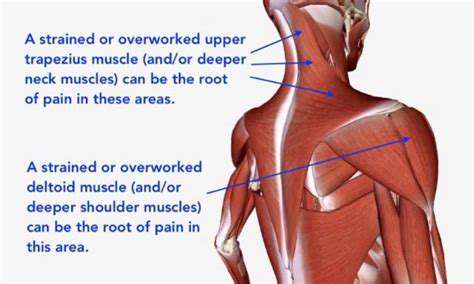HTML
CSS
Headaches
Neurological Disorders
Relaxation Techniques
Breathing Exercises
دمج ممارسات العقل والجسم في خطة رعاية الصداع النصفي الخاصة بك
التأمل والوعي الذهني لمنع الصداع النصفي

فهم الصداع النصفي
تمارين التنفس لتهدئة الجهاز العصبي
التنفس الحجابي للاسترخاء
التنفس الحجابي، المعروف أيضًا بالتنفس البطني، هو تقنية أساسية لتهدئة الجهاز العصبي. يتضمن هذا النوع من التنفس الانخراط الواعي
Read more about دمج ممارسات العقل والجسم في خطة رعاية الصداع النصفي الخاصة بك
الأعراض والأسباب ومتى يجب السعي للحصول على المساعدة. استكشف الأنواع المختلفة من ألم فروة الرأس، بما في ذلك الانزعاج الموضعي، وأحاسيس الألم الخفيف، ومشاعر الحرق أو الوخز. تعلم عن أسبابها المحتملة، مثل الشقيقة، ومشكلات الأعصاب، وحالات الجلد. يمكن أن يساهم التعرف على الأعراض المصاحبة مثل redness أو swelling في توفير أدلة حيوية لعلاج فعال. اعرف متى تطلب المساعدة الطبية للأعراض الشديدة، بما في ذلك الألم الحاد أو الطفح الجلدي الملحوظ. بالإضافة إلى ذلك، اكتشف كيف يمكن أن تؤثر المحفزات مثل التوتر وتسريحات الشعر الضيقة على صحة فروة الرأس وتعلم نصائح لإدارة الانزعاج. للحصول على نظرة شاملة حول ألم فروة الرأس، وأعراضه، وأسبابه، واستراتيجيات الإدارة، اقرأ المزيد.
Nov 12, 2024
ورم في الرأس مؤلم عند اللمس: ما تحتاج إلى معرفته
Apr 29, 2025
هل يمكن أن تساعد البروبيوتيك في تقليل تواتر الصداع النصفي؟
May 05, 2025
الصداع النصفي لدى كبار السن: الاعتبارات والإدارة
May 06, 2025
صداع نصف الرأس المستمر: صداع أقل شيوعًا ولكنه مستمر
May 18, 2025
استراتيجيات التأقلم مع نوبات الصداع النصفي غير المتوقعة
May 25, 2025
فهم الصيغ المختلفة لـ أدوية الصداع النصفي (الحبوب، الرشّات الأنفية، الحقن)
Jun 10, 2025
أنواع الصداع الشائعة المُفسَّرة: من الصداع التوتري إلى الصداع العنقودي
Jun 27, 2025
أسئلة وأجوبة: أهم أسئلتكم حول أسباب الصداع النصفي
Jun 27, 2025











